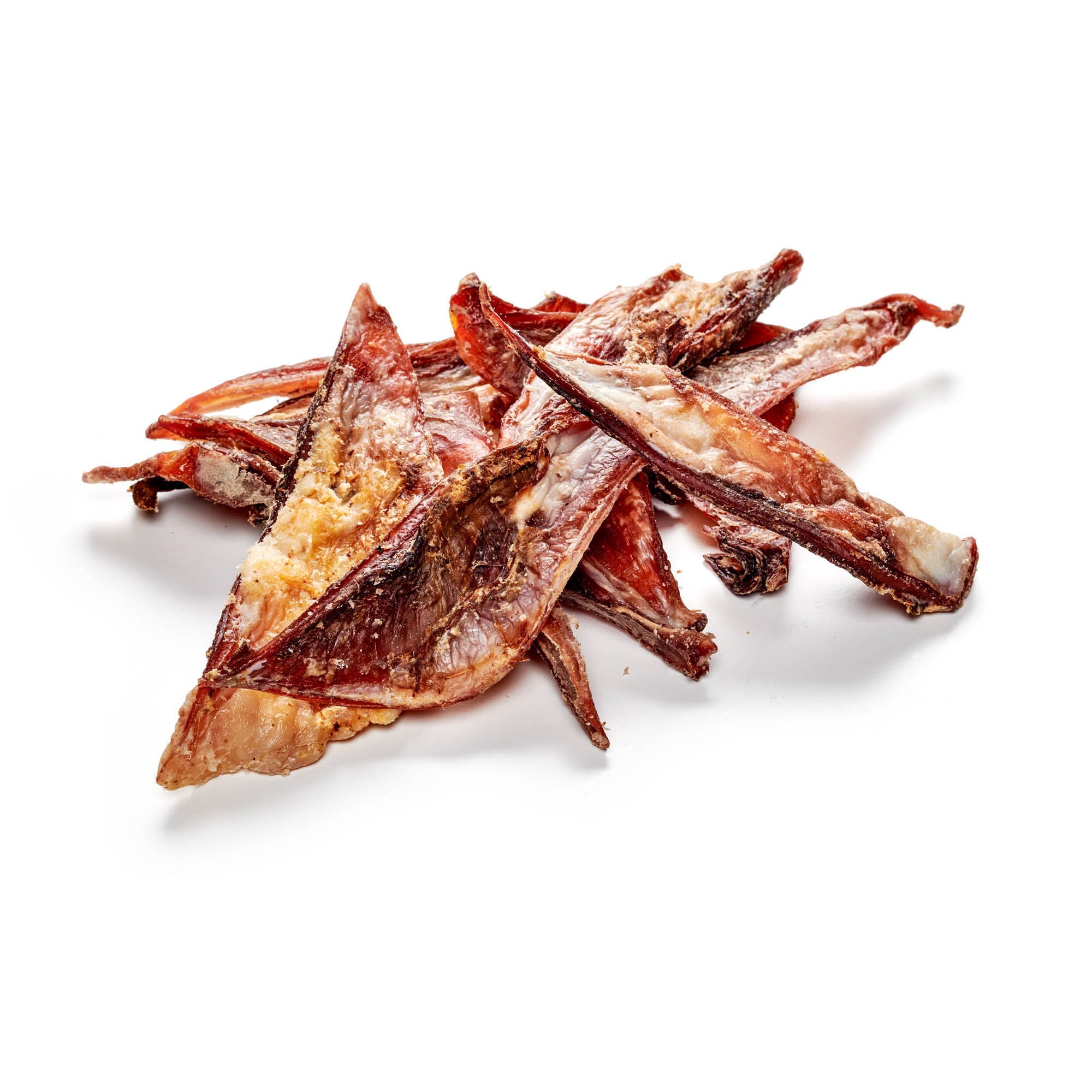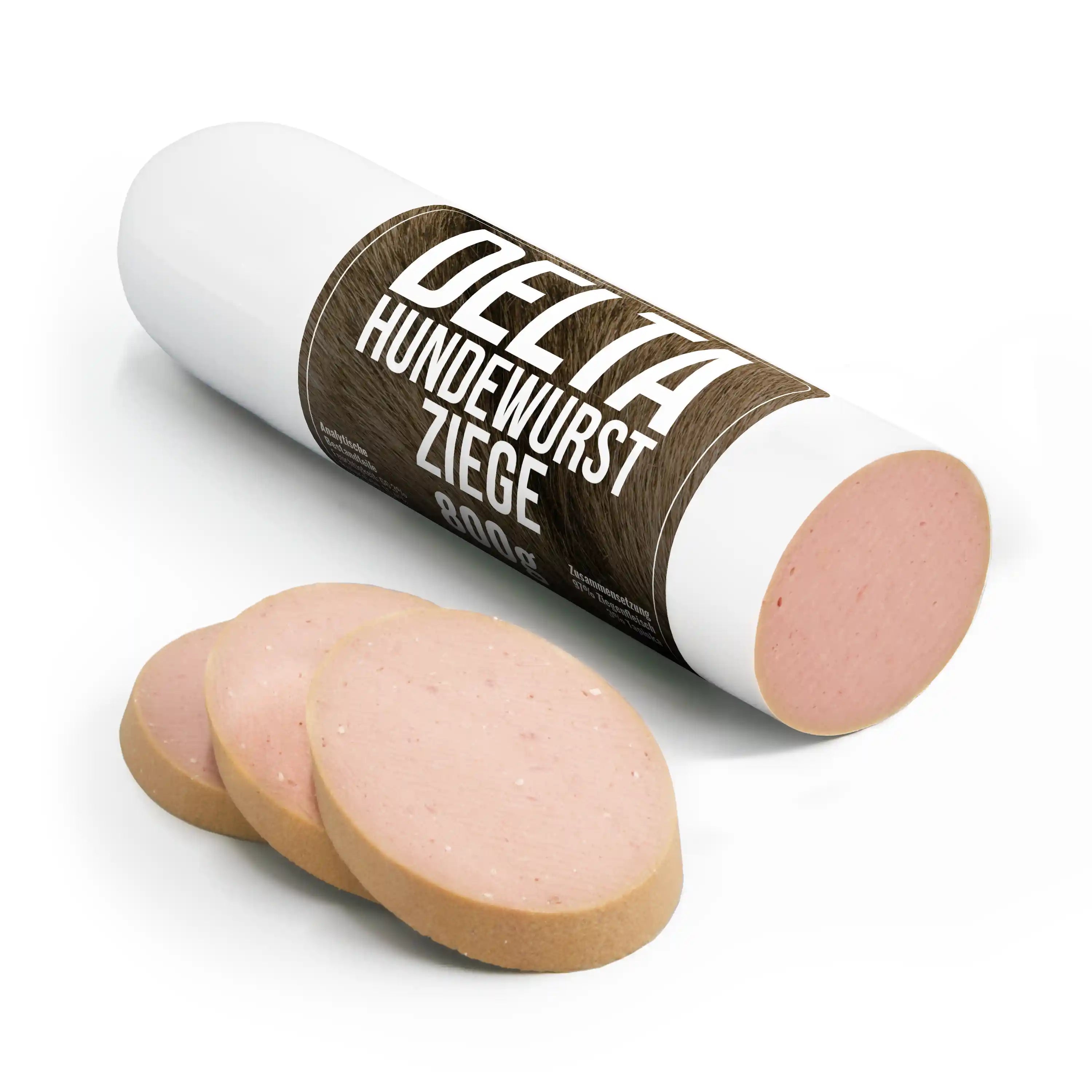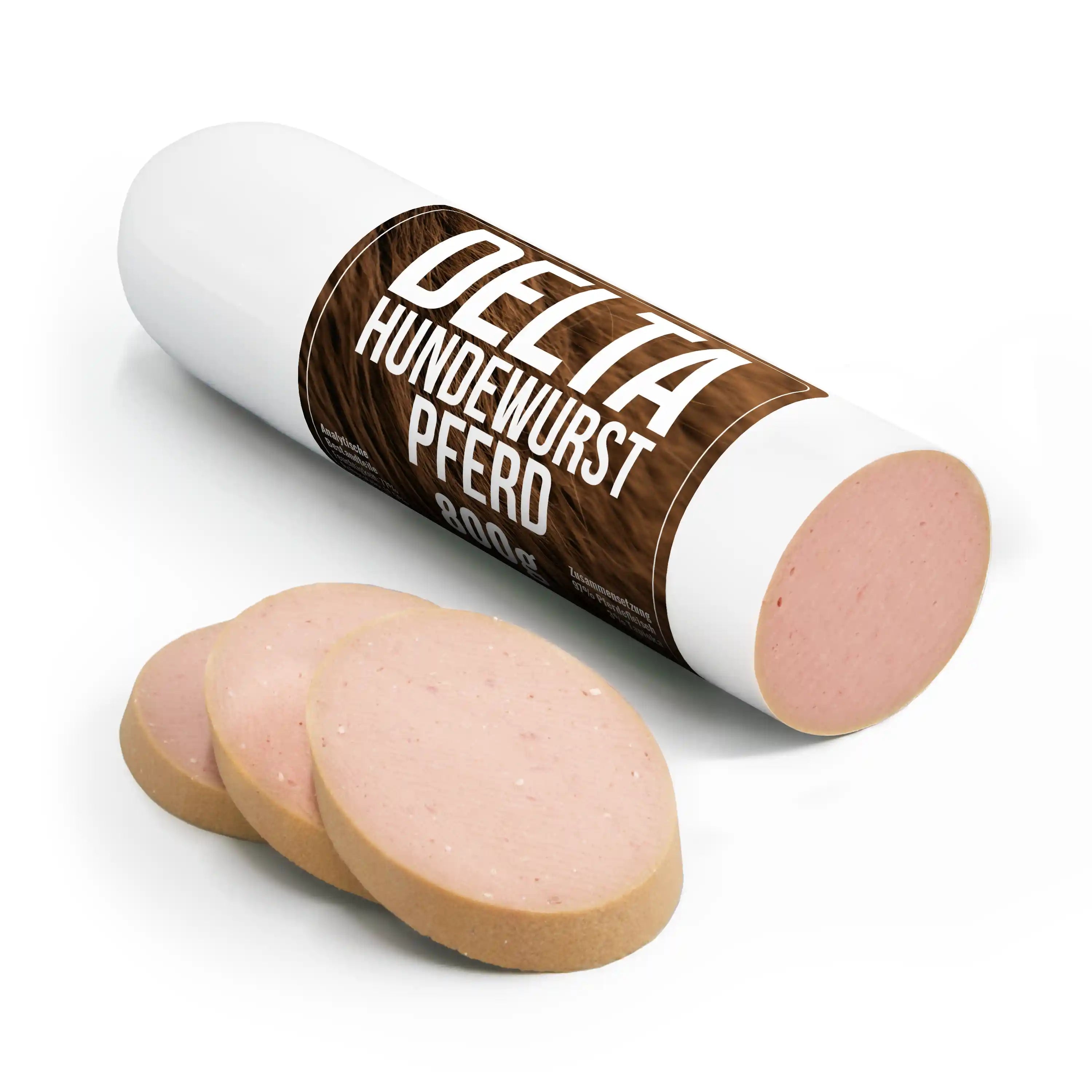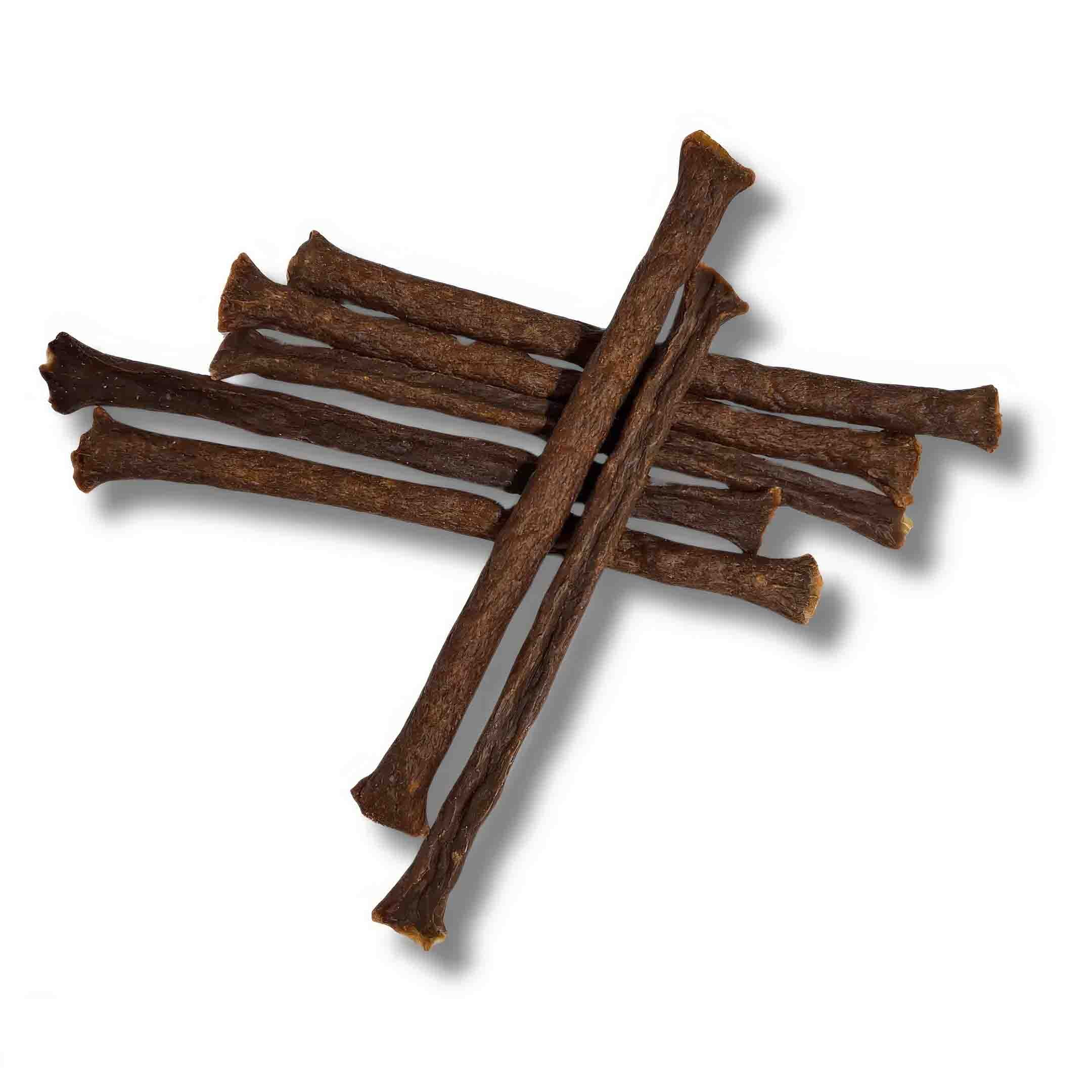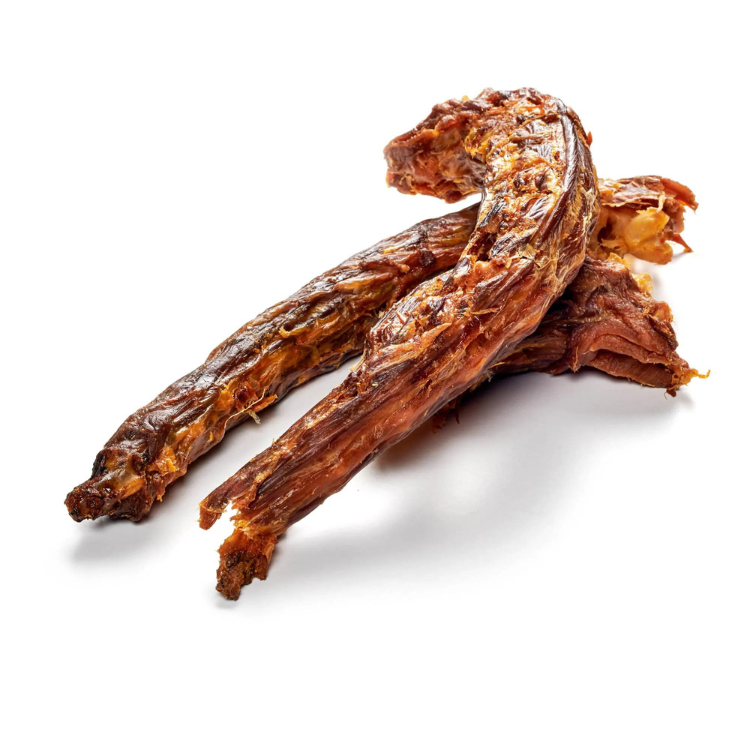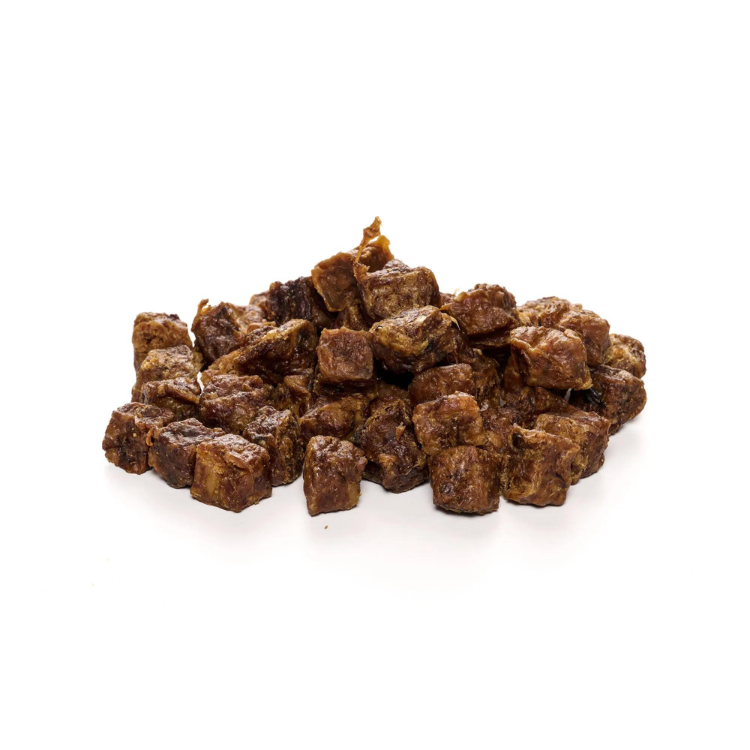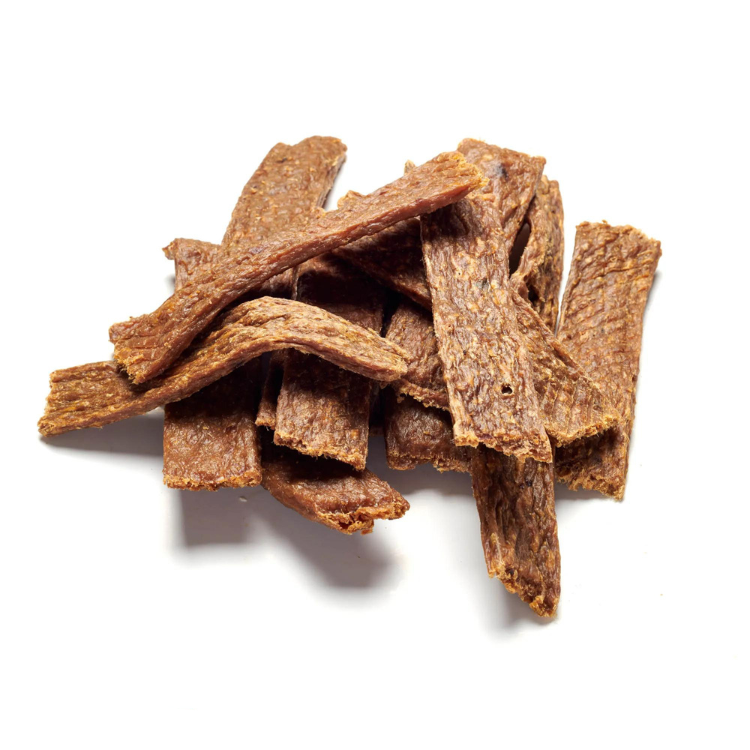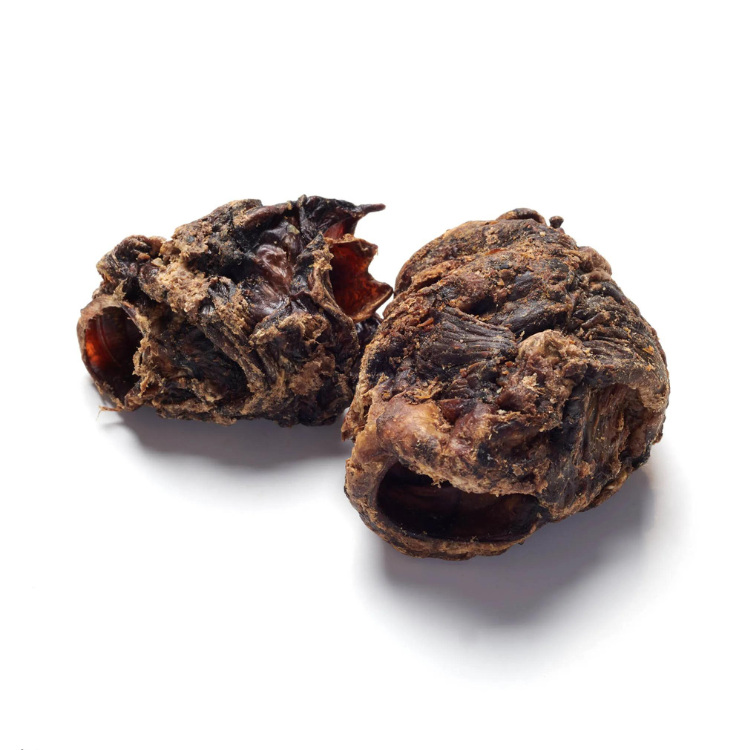
Border terriers
Share
The small, lively Border Terrier is the perfect family dog, even though he was bred as a hunting dog. He is a sociable pack member who needs a lot of exercise. As a long-legged terrier, he is an excellent riding companion.
Contents Border Terrier
- profile
- Special features
- Nutrition
- Health and care
- The right accessories
- Origin & History
- Conclusion
Spoil your dog with high-quality chewing products from our range!
Border Terrier - Profile
- Character: Intelligent, Curious, Brave
- Size: Small
- Height: 32-36cm
- Weight: 5-7 kg
- Life expectancy: 12-15 years
- Coat type: medium hair
- Colour: Mottled tan, wheat, red and blue
- FCI Group: Terriers
Border Terrier - Special Characteristics
The Border Terrier is a relatively long-legged terrier. This means that it can easily keep up when jogging or riding. Bred for hunting, it has a narrow chest to penetrate the dens of predators. Its tail tapers to the tip and is rather short. The head is broad, the muzzle short. The nose is black and the nostrils are wide open. The stop is also pronounced. It usually has a scissor bite, but the rare pincer bite is also recognized as the breed standard.
His V-shaped, drooping ears reach down to his cheeks. With his almost black eyes, he surveys his surroundings with courage and adventure. The Border Terrier's coat is completely weatherproof and requires little grooming. His thick undercoat keeps him warm and his wiry topcoat protects him from wind and rain.
Border Terrier - What should you consider when feeding them?
Border Terriers are considered active but also greedy dogs. Even if the Border Terrier needs to be fed accordingly, you should pay attention to its figure. A balanced ratio of vitamins, minerals and proteins can help with this. The right portion size also depends on age, health and activity. Bitches that are pregnant or nursing also have different food requirements. If you are unsure, there are various nutritional advice services or food calculators on the Internet. A simple rule of thumb is as follows: If you can no longer see or at least feel your dog's ribs, he should go on a small diet. For many people, choosing the right food is almost like a question of faith. Whether you serve raw food , dry food, wet food or home-cooked food, the main thing is not to make it vegetarian or vegan.
Pamper your dog with our chew products!
Border Terrier - Health and Care
The robust Border Terrier has a coat that is very easy to care for. It is important to regularly remove dead hair with a comb and brush, as this can cause itching . And it does not lose its hair on its own, which is why it hardly sheds. Your Border Terrier should be trimmed once or twice a year, but not sheared. As a comparison, you could say that it is better to trim the ends than to give them a new hairstyle. You can also trim them yourself, but you will probably need a little practice or a helping hand at the beginning.
Border Terrier - Origin & History
The Border Terrier gets its name from its origins, as it was bred in the mountainous landscape on the English-Scottish border (Border). It was an extremely popular fox hunter there and could also track down rats, martens or otters. It could keep up with a horse over long distances. When it wasn't in action, it guarded the house and yard. Since the 18th century, there have been dogs that have some of the characteristics of the Border Terrier. It only became known as the Border Terrier when it was accepted into the British Kennel Club in 1920. Even if nothing is known about the breeding history, the Dandie Dinmont Terrier could be a relative of the Border Terrier. In any case, it was bred more for its working ability than for its good looks, which meant that it is still not a show dog today. The Border Terrier has been known in this country since the 1970s.
Border Terrier - The right accessories
You won't get very far with a Border Terrier without a comb and brush. And if you do the trimming yourself, you will of course need a coarse and a fine trimming knife, as well as scissors for the finer details. The dog equipment is complemented by a dog bed, food and water bowls , collar and of course a leash. With puppies, remember that they are still growing and the first collar will probably not be enough. For an active dog like the Border Terrier, toys of all kinds are never a bad idea.
Conclusion
The Border Terrier is a small, active and intelligent dog that is ideal for families and as a companion when riding or jogging. It is characterized by its weatherproof coat and robust health. A balanced diet and regular care are crucial. Originally bred for hunting, it is now a popular family dog. With the right accessories, such as a comb, brush and trimming knife, it stays in top shape. Its friendly and courageous nature makes it a loyal companion that brings a lot of joy to its owners' lives.
Spoil your dog with high-quality chewing products from our range!

